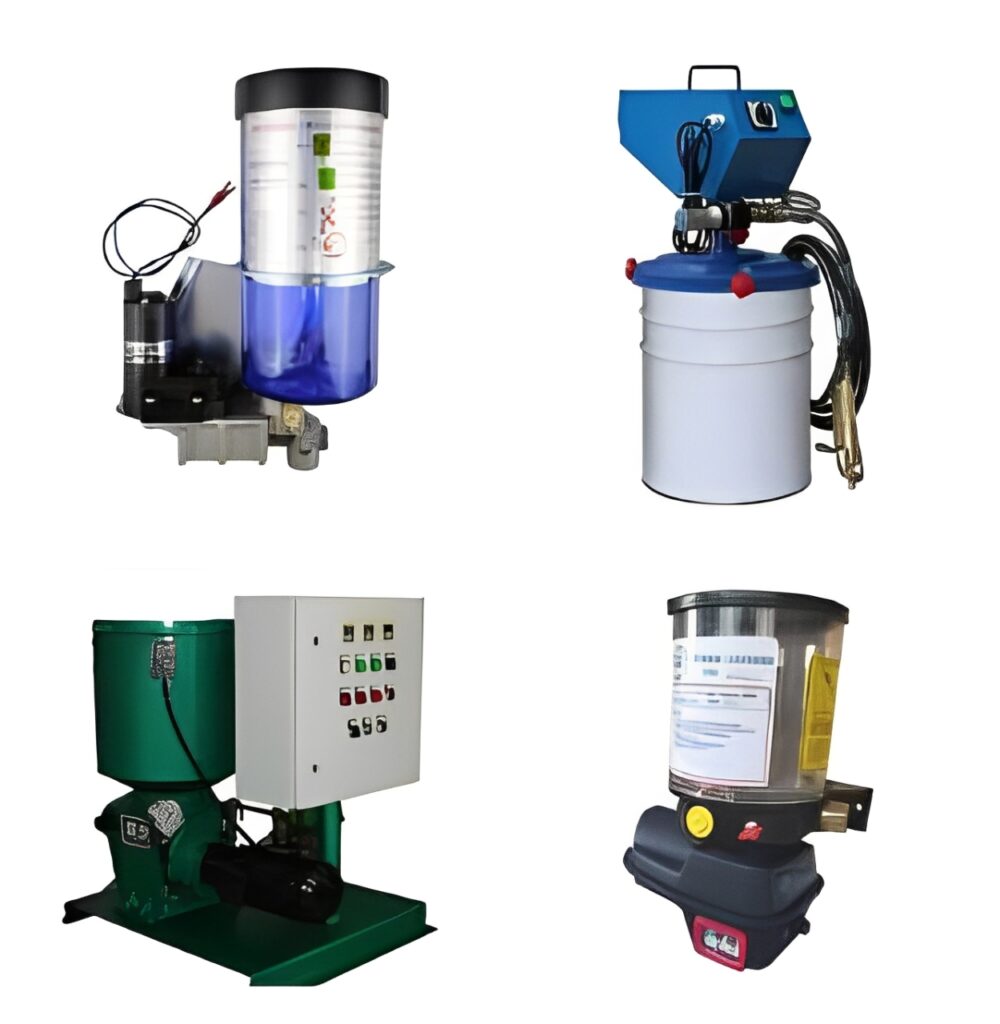
Grease fittings may look like small, simple components, but they play a critical role in ensuring the smooth and efficient performance of machinery and equipment. These fittings act as the entry points for lubrication, allowing grease to flow directly into bearings, joints, and moving parts where it is needed most. Neglecting them can lead to improper lubrication, increased friction, overheating, and eventual failure of critical equipment. To prevent costly repairs and extend the lifespan of machines, it is essential to follow best practices for inspecting and maintaining grease fittings regularly.
Understanding the Importance of Grease Fittings
Grease fittings, also known as Zerk fittings, provide a standardized method of applying lubricant under pressure into mechanical systems. They are found in a wide range of equipment, from heavy-duty construction machinery to agricultural implements and automotive parts. When they function correctly, they help prevent wear and tear, reduce downtime, and maintain energy efficiency. However, if grease fittings become clogged, damaged, or neglected, lubrication cannot reach the intended surfaces, leading to accelerated deterioration. Recognizing their importance is the first step toward proper inspection and maintenance.
Common Issues with Grease Fittings
Over time, grease fittings are exposed to dirt, debris, corrosion, and mechanical stress. Some of the most common issues include clogged passages caused by hardened grease or contaminants, leaking caused by damaged seals, or complete breakage due to over-tightening or excessive force. In some cases, fittings may be missing altogether, which leaves components vulnerable to lubrication failure. Addressing these issues promptly can prevent more serious equipment breakdowns.
Best Practices for Inspecting Grease Fittings
Regular inspection is essential to ensure grease fittings are working effectively. A structured inspection routine should include the following practices:
Conduct Visual Checks
Inspect each grease fitting for visible signs of damage, rust, or leaks. Look for missing caps, cracked housings, or bent fittings. A quick visual check before lubrication helps identify potential issues before they worsen.
Test for Blockages
Blocked grease fittings can prevent grease from reaching critical areas. Using a grease gun, apply light pressure to test if grease flows smoothly. If resistance is unusually high, the fitting may be clogged and should be replaced or cleaned.
Look for Contamination
Dust, dirt, and debris can easily enter grease fittings, especially in outdoor environments. Check for grime buildup around the fitting head. Wipe the fitting with a clean cloth before applying grease to avoid forcing contaminants into the system.
Ensure Proper Alignment
Some fittings can loosen over time, leading to misalignment or leakage. Verify that each fitting is securely seated and properly aligned with the lubrication point. Misaligned fittings may not deliver grease effectively.
Maintenance Practices for Grease Fittings
Inspection alone is not enough. Consistent maintenance is equally important to keep grease fittings functional. Here are proven best practices for maintaining them:
Clean Before and After Lubrication
Always clean the tip of the grease fitting before attaching the grease gun. This prevents dirt and grit from entering the system. After lubrication, wipe off any excess grease to prevent buildup, which can attract dust and debris.
Use the Correct Grease Gun and Nozzle
Different equipment may require specific types of grease guns and couplers. Ensure you use the correct nozzle size to avoid damaging the fitting. Forcing the wrong nozzle can cause cracks or leaks.
Apply the Right Amount of Grease
Over-greasing is as harmful as under-greasing. Too much grease can cause pressure buildup, damage seals, or lead to unnecessary leakage. Always follow manufacturer guidelines for the recommended grease quantity and frequency.
Replace Damaged or Worn Fittings
If a grease fitting is bent, stripped, or clogged beyond repair, replace it immediately. Continuing to use a damaged fitting can lead to incomplete lubrication and damage to surrounding components.
Use Protective Caps
Installing protective caps helps shield grease fittings from dirt, water, and chemical exposure. Caps are inexpensive yet highly effective in extending the lifespan of fittings.
Establishing a Lubrication Schedule
A structured lubrication schedule is essential for maintaining equipment reliability. The schedule should include regular inspection of grease fittings along with routine lubrication. High-use equipment may require more frequent attention, while machines used occasionally can follow a less intensive schedule. Keeping detailed records of lubrication intervals and fitting replacements ensures no component is overlooked.
Signs That Grease Fittings Need Immediate Attention
Certain signs indicate that grease fittings or the equipment they serve require urgent maintenance. These include unusual noises like squealing or grinding, excessive heat in moving parts, visible leaks near the fitting, or noticeable vibration. These symptoms suggest that lubrication is not reaching critical surfaces, which can quickly escalate into mechanical failure if not addressed.
The Role of Training in Grease Fitting Maintenance
Proper handling of grease fittings requires training, especially in industries where multiple operators handle equipment. Workers should be trained on how to clean, inspect, and lubricate fittings correctly. Training also helps avoid mistakes like using the wrong grease type, applying too much pressure, or neglecting contamination risks. Well-trained personnel can significantly extend the life of grease fittings and the equipment they support.
Benefits of Proper Inspection and Maintenance
Adopting best practices for inspecting and maintaining grease fittings offers numerous benefits. Equipment runs more smoothly and requires fewer repairs, downtime is minimized, and operating costs are reduced. By ensuring that grease reaches the right places at the right times, operators can extend the lifespan of machinery, improve efficiency, and maintain safety standards. Additionally, proactive care helps prevent unexpected breakdowns that could halt production or damage valuable equipment.
Conclusion
Grease fittings are often overlooked, yet they are fundamental to the health and longevity of mechanical equipment. By implementing regular inspections, cleaning, proper lubrication practices, and timely replacements, you can ensure that grease fittings function reliably. A structured maintenance routine not only protects the fittings themselves but also safeguards the larger mechanical systems they serve. Paying close attention to these small components can result in significant long-term savings and improved equipment performance.